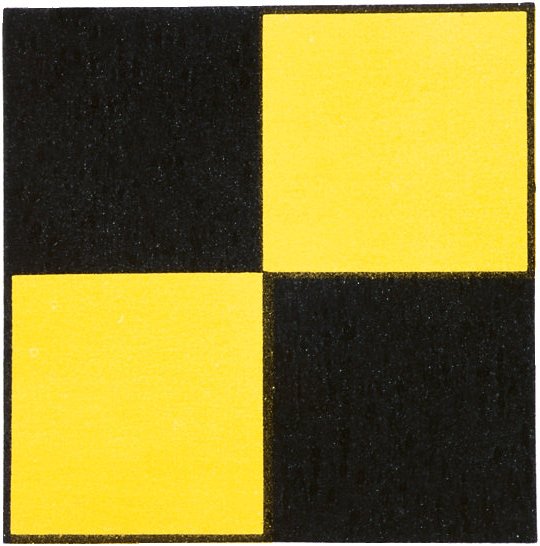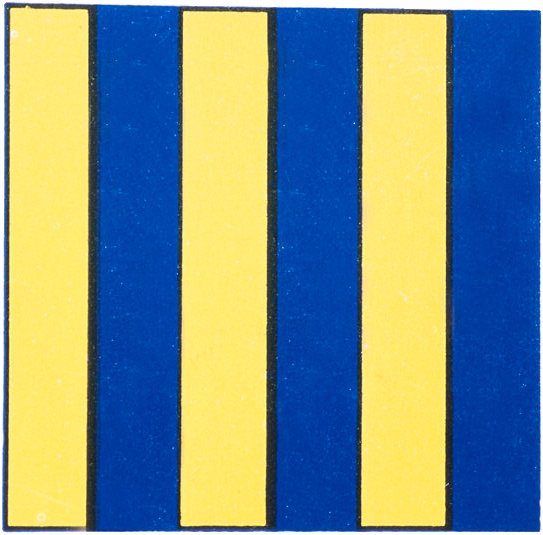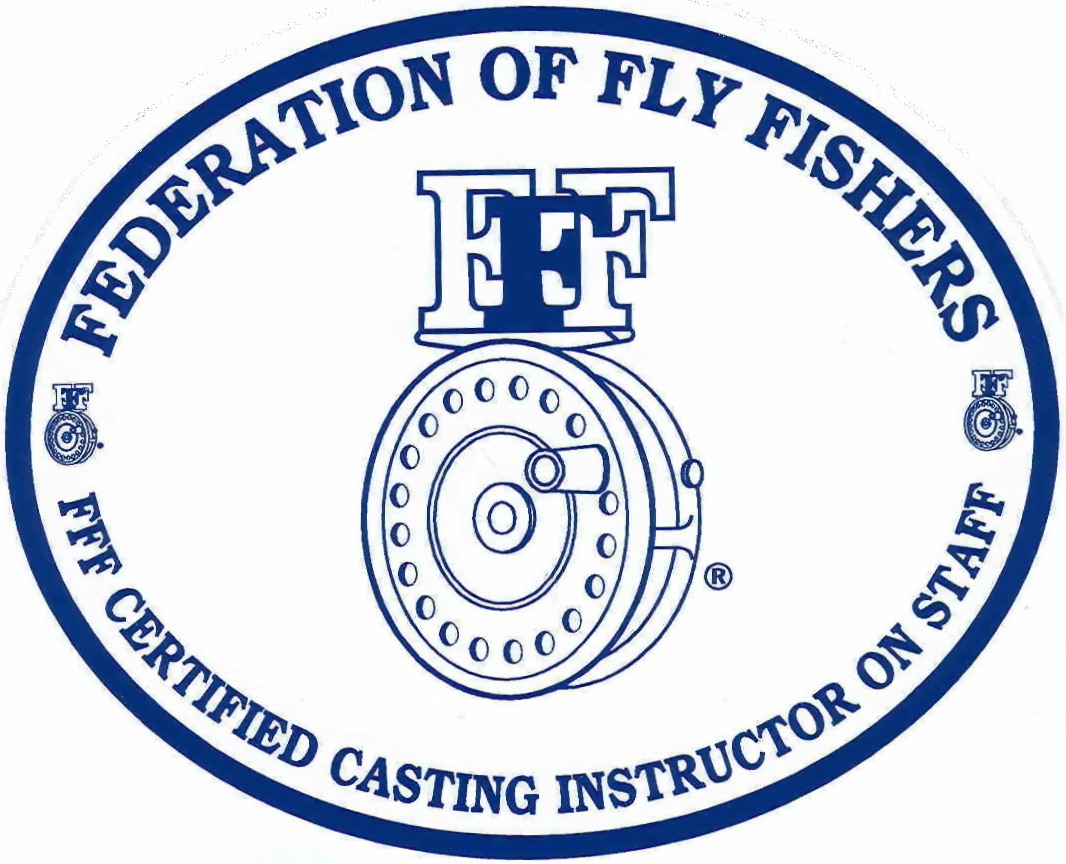What's the Quickest Way to Break a Fly Rod?
by Captain Jim Barr on 07/18/12
What's the quickest way to break a fly rod?
Some might say- putting too much pressure on the rod while fighting a heavy fish. Another might say- holding the rod butt above your waist while fighting a strong fish. Still another might answer- holding the rod blank above the cork grip to gain additional leverage while fighting a heavy fish. All answers are good ones but from my experience the quickest way to break a rod is to not apply a paraffin-type wax to the male ferrule sections of the rod where they seat into the female sections.
For all new rods and periodically through the life of a rod, wax needs to be applied to the male section of the rod sections where it inserts into the corresponding female ferrules. The wax creates a "binding" effect preventing the rod sections from working loose during the process of the casting stroke. If you don't apply a wax periodically before assembling the rod, with repeated casting the sections will gradually work free leaving only a small section of the male ferrule in the female section and with pressure being applied to the rod by the loading action of casting or fighting a fish, the female section will split and the rod will have to be replaced or returned for repair.
If you are lucky you may only "cast off" a section of the rod. Typically you won't lose that section as it is prevented from sinking by the fly line- but why take the risk?
Candle wax works great, as does dubbing wax if you have a supply from tying flies. Bowstring wax (if you are an archer) also works great, and if you are really in a pinch while on the water and you lack any of these types of wax, a little ear wax will get you through.
After you have applied a moderate amount of wax to the male ferrules, the proper way to assemble the rod sections is to insert the male sections into the female ferrules at 90 degrees to the alignnent dots on the blank and/or the guides. A gentle push of force is used to join the sections while simultaneously twisting the rod sections and aligning them. Don't use too much pressure, as breaking down the rod at the end of your outing will become difficult. Periodically during your fishing day, check to make sure your rod sections are tight. When it's time to break down the rod, use the same slow twisting force to free each section.
As far as I know, Orvis is the only flyrod manufacturer that actually includes a small tub of candle wax with every rod they sell- it's that important. To be on the safe side, throw an old candle stub into your fly vest, pack or in the glove box of your boat so it's there when you need it.





